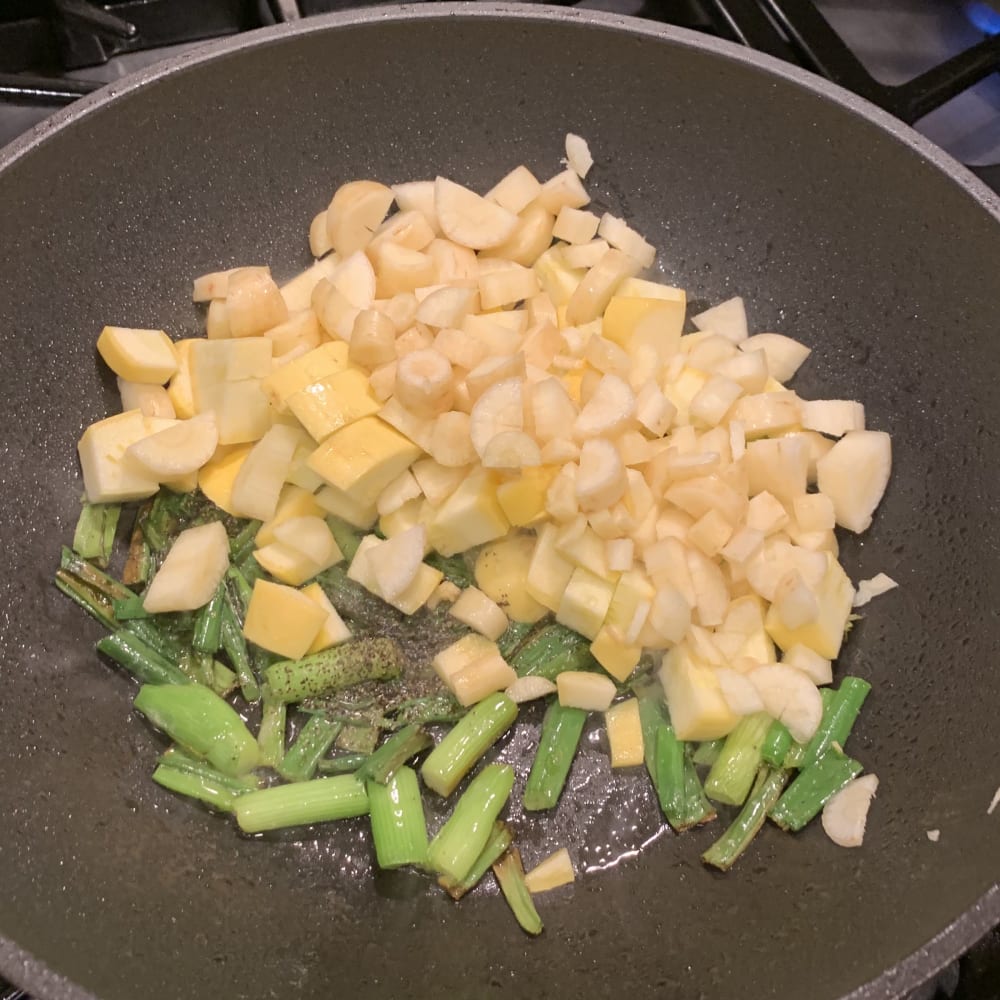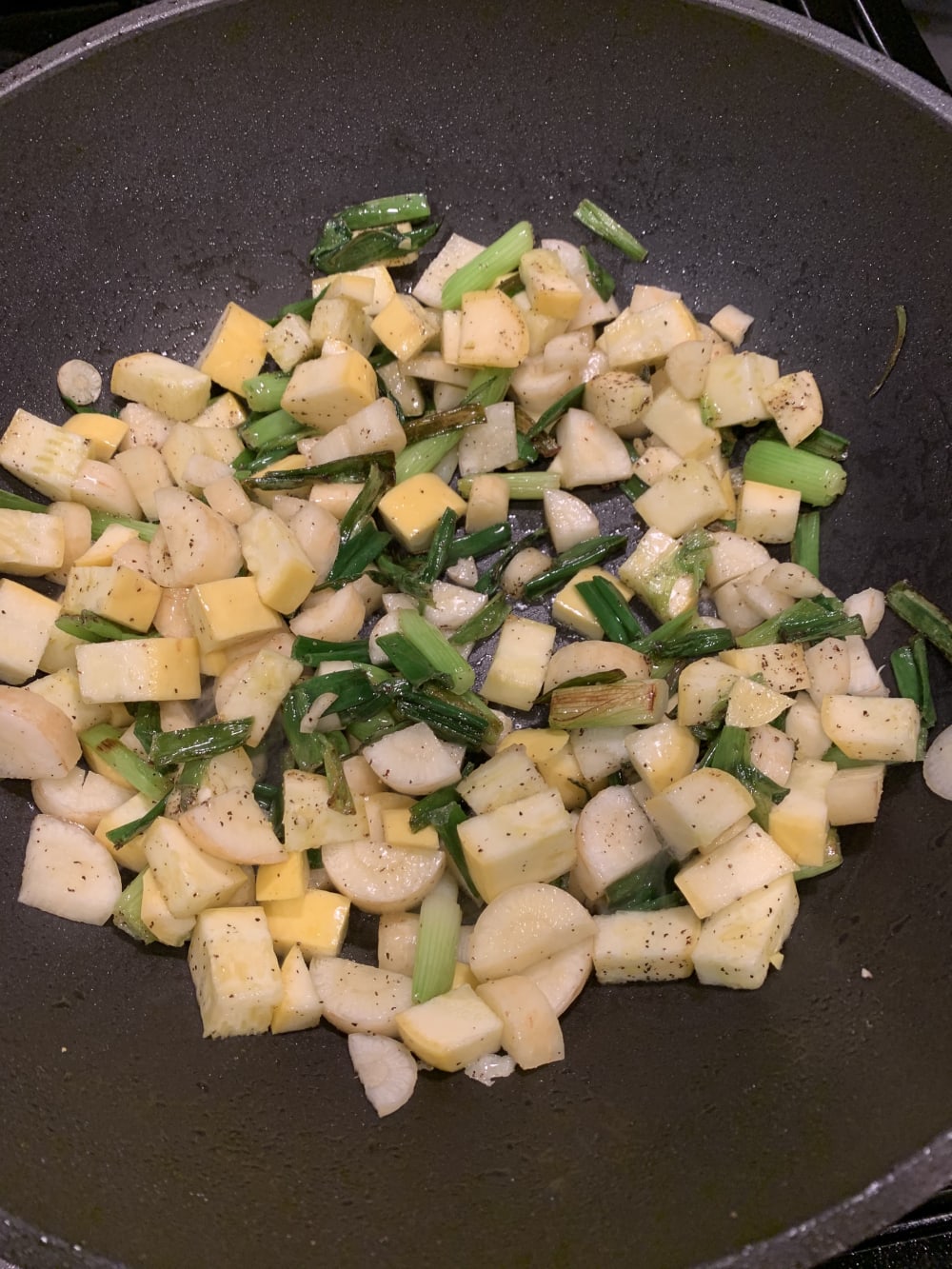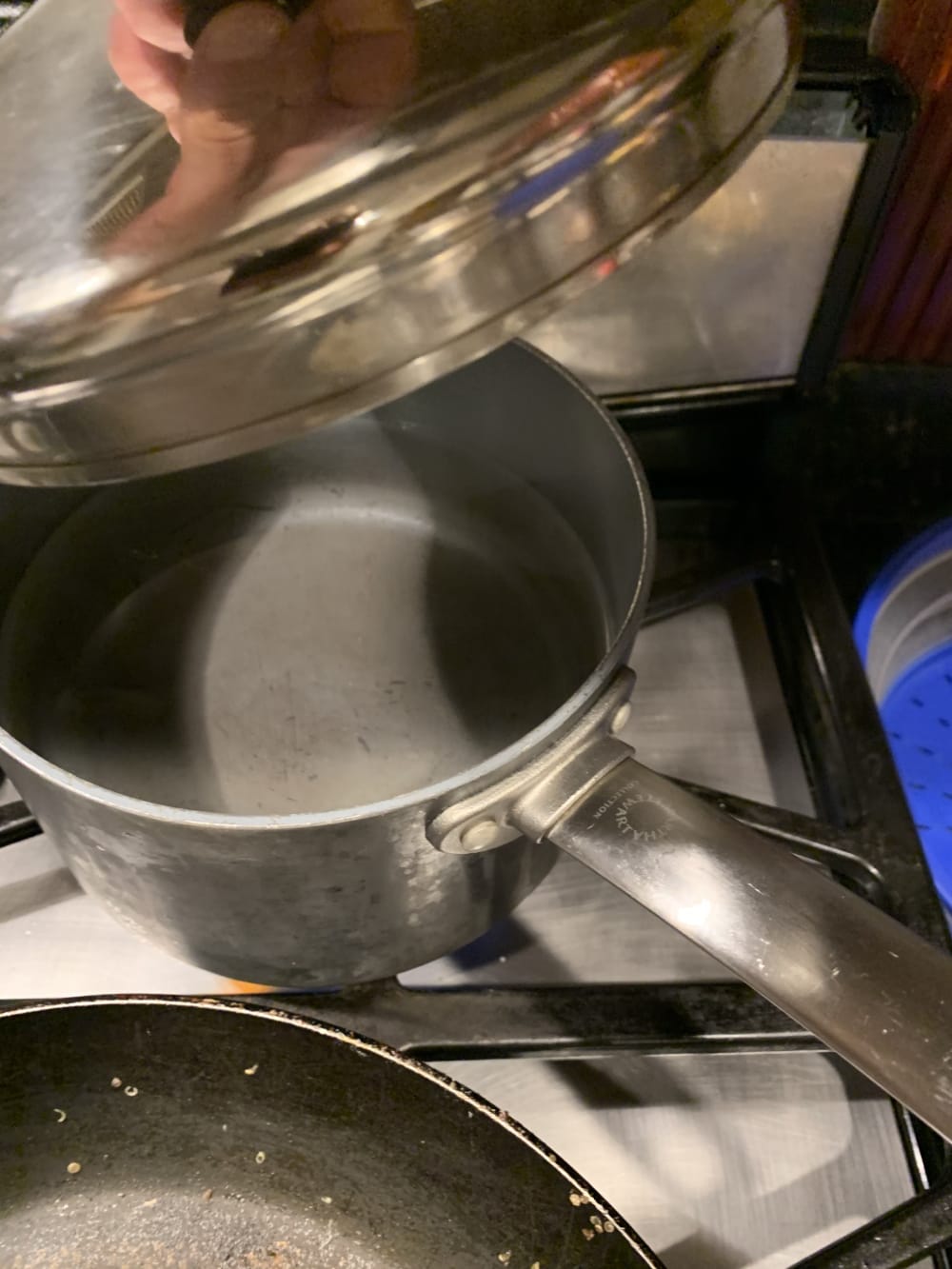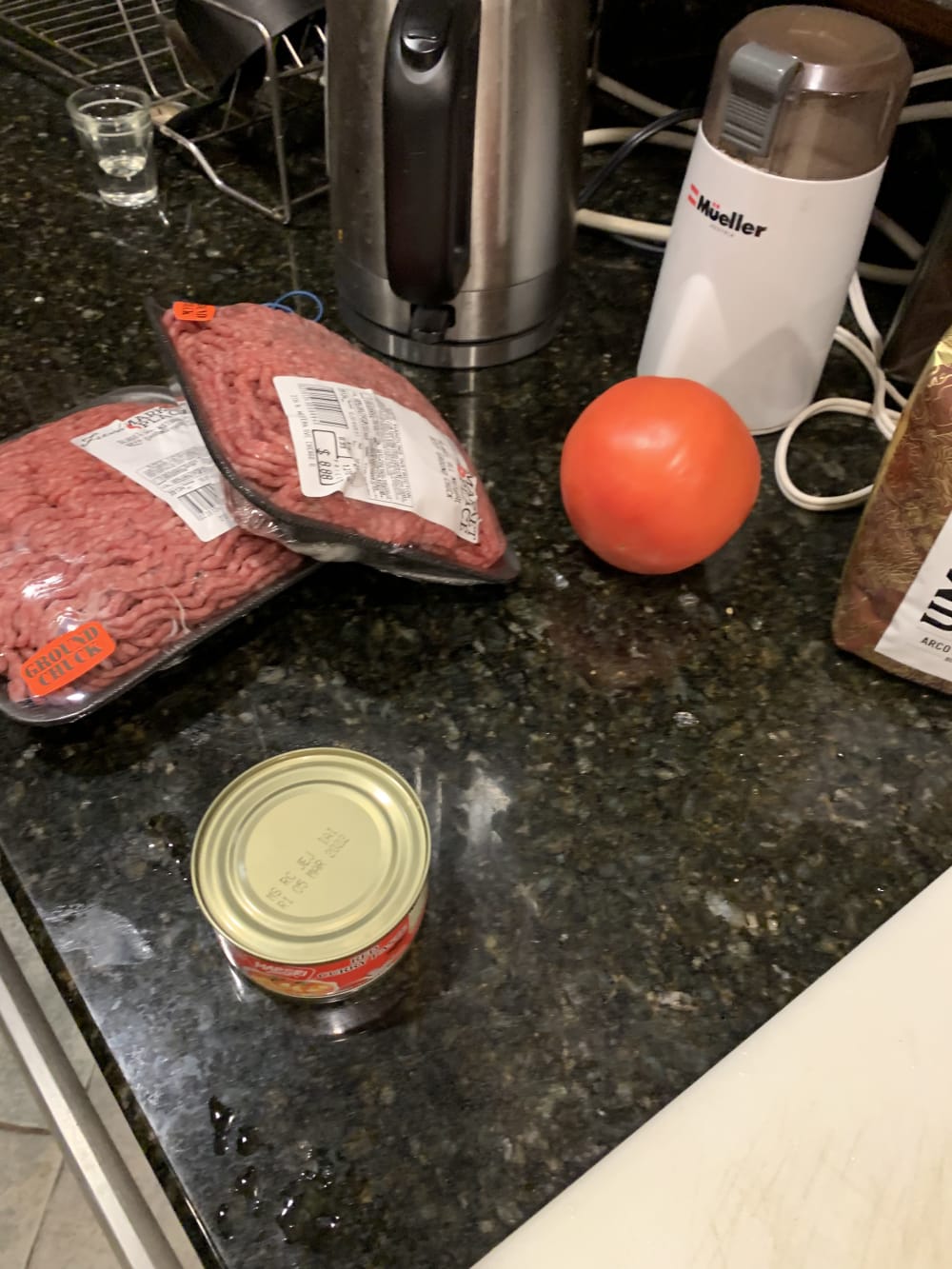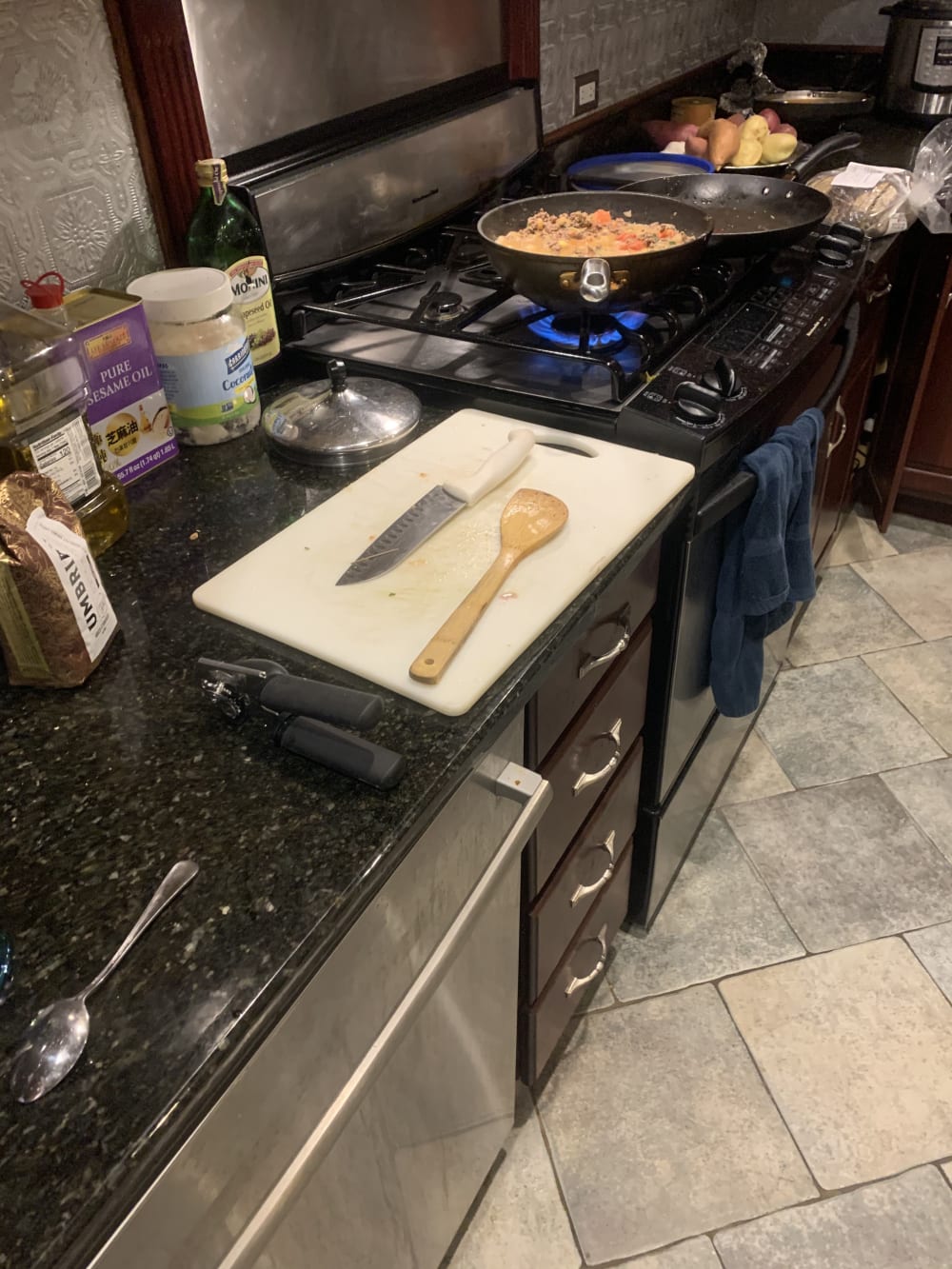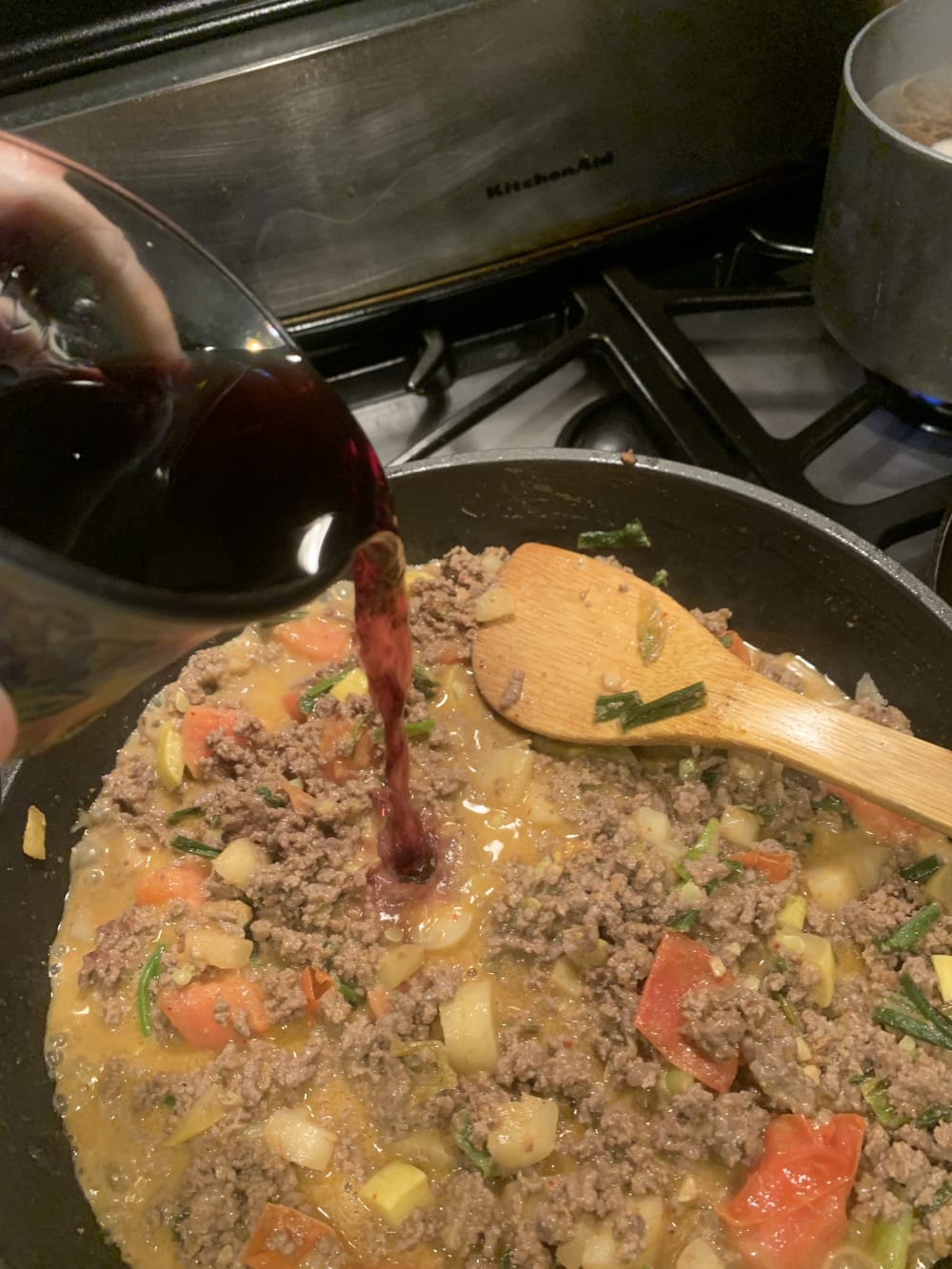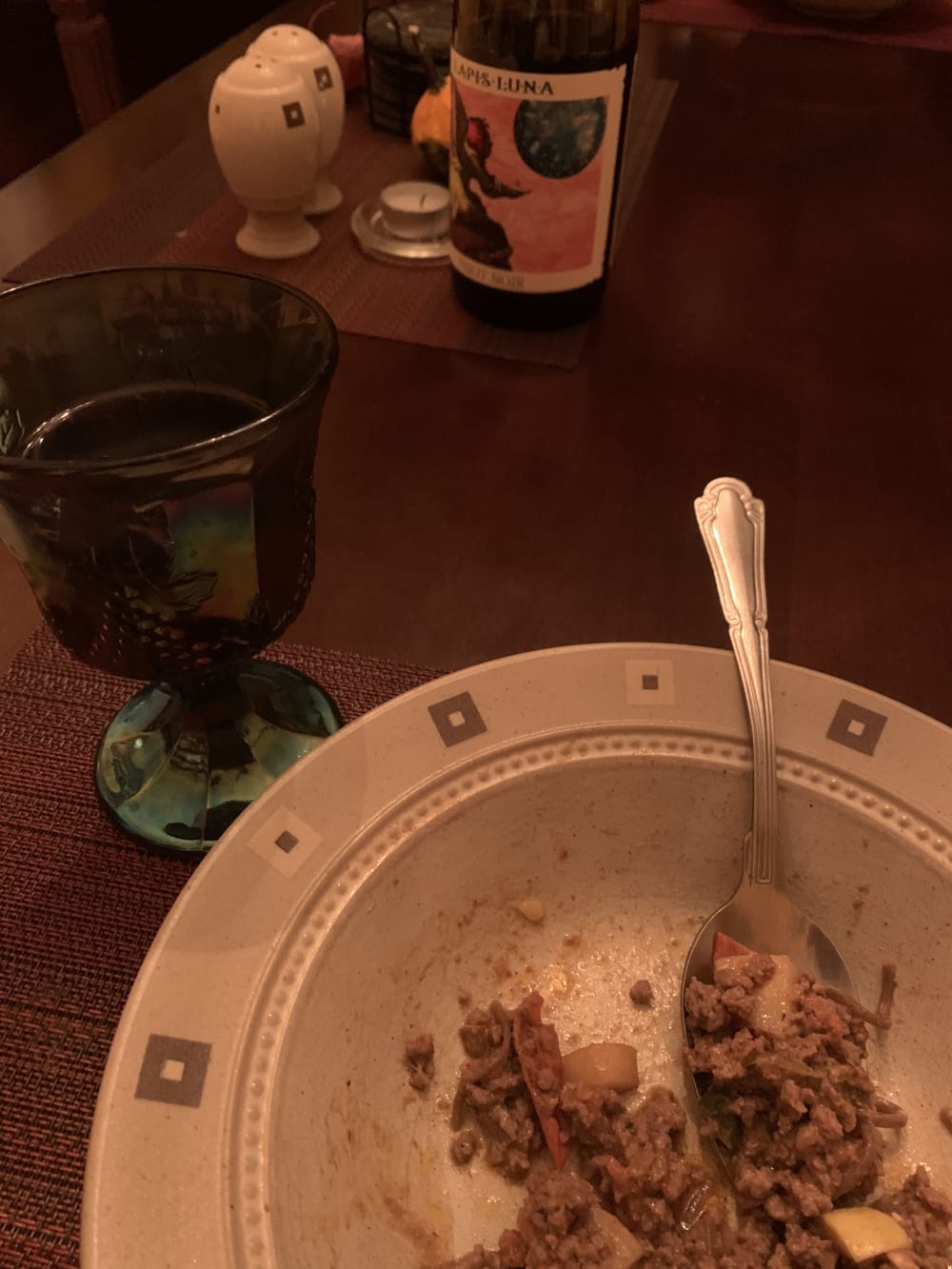Intuitive Cooking
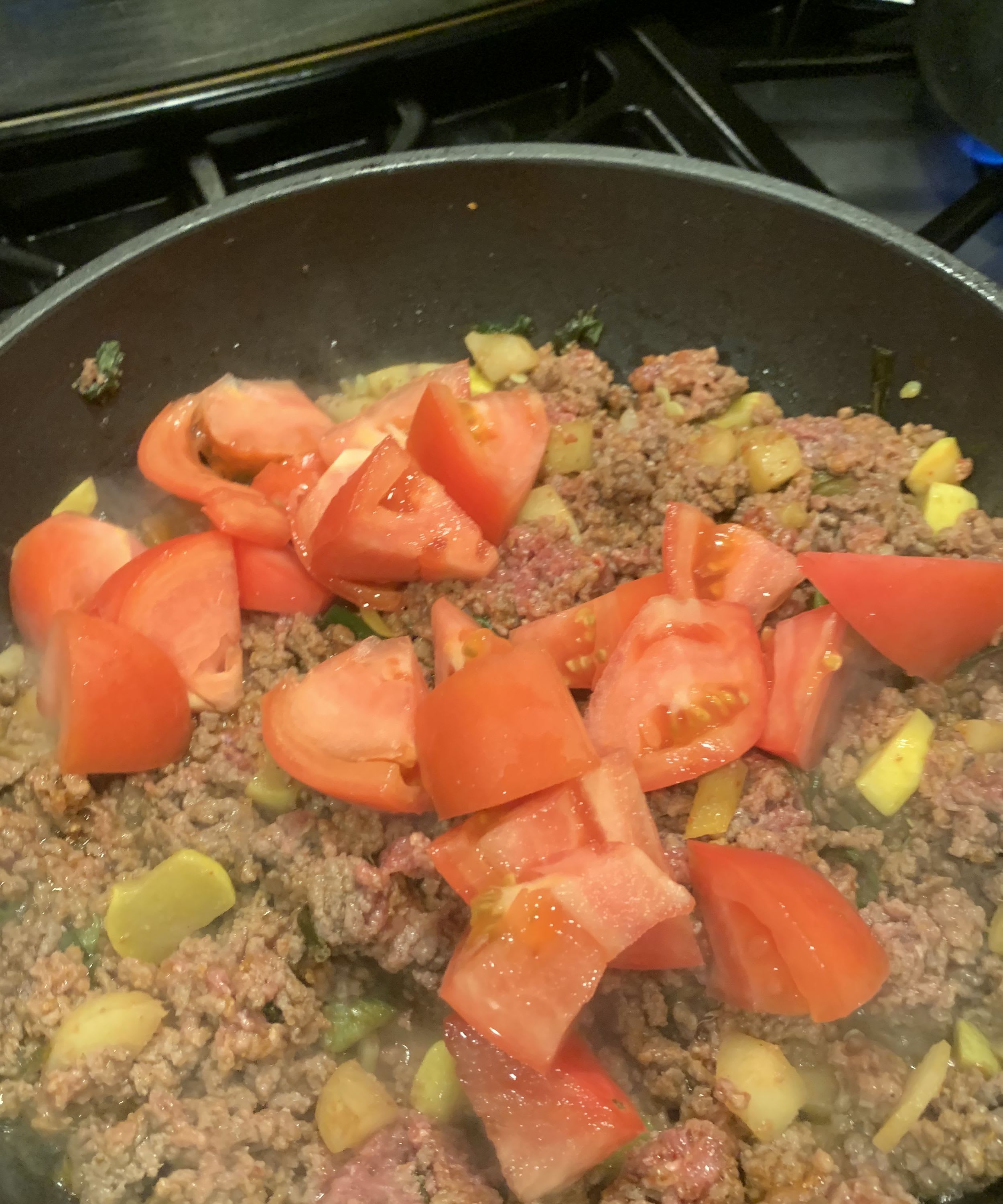
If it’s not fun and easy, it’s not intuitive.
Intro
Most people don’t cook like me. What school of cooking do you come from? Do you follow a new recipe each time, hoping to copy the experts? Do you cook from a stable of 5-10 solid meals that you’ve memorized and perfected? Do you just let someone else do it altogether?
Especially now, when trips to the restaurant are fraught, being able to cook at home with efficiency and aplomb, on a moment’s notice, without breaking the bank, is a crucial skill.
So sit back and get ready to get weird, because intuitive cooking might be a little different that what you’re used to.
The Practice
Today we’re going to start with one of the most useful and versatile practices - I won’t call it a meal because it’s not just one meal, exactly - the stir-fry.
The difference between my stir-fry and your moms’, and the difference in general between my cooking technique and yours, is that I optimize for different parameters.
You probably optimize first for flavor, then for either cost, time, or maybe ease of cooking. In contrast, I prioritize easiness, whimsy, efficiency, speed, healthiness, and fun first. Those are my constants that need to be strong every time. Flavor + texture are variables a bit more out of my control. That is weird. Most people would shy away from a cooking practice that, right out the gate, promises to not guarantee a good flavor.
But you’re not most people, right? You signed up for this journey and now you’re going to stick around to see the pretty pictures.
Look, it’s not gonna be gross. At least not after a little practice. Even though we’re not optimizing for flavor, we’re aiming for it. And by optimizing for the more practical things, the things that make cooking fun and easy, we can improve our practice over and over, until we actually like what we cook. When you get there, you’ll be able to cook or bake using whatever you have in the house, without measuring or recipes, and shop without a shopping list - intuitive style, baybee.
Steps to stir a fry
Add the hardest vegetables to a wok-shaped pan with oil. Onions/scallops first, then whatever’s hardest. If you’re like me, chop in a jalapeno or habanero. Make sure you have enough oil to cover the bottom of the pan, but not enough to soak into everything. Throw some salt in there. Here you see carrots, green onions and zucchini squash but it doesn’t matter - any vegetables that float your fancy will do fine. Unless it don’t! then just don’t use that one next time.
Make sure you stir every 30-120 seconds - you don’t want stuff sticking to the pan.
Pick a carbohydrate.
This is optional if you’re like, not into those. But they stretch any meal significantly for cheap, and they taste good. Think rice. In my case I boiled some soba noodles that I had lying around. The trick is to always have some rice, some noodles - whatever you like, really - on hand.
Pick a protein.
Hard tofu, seitan, beans if you’re vegetarian. Fish, meat, whatever you like but it shouldn’t be a steak. Think cheap. I went with ground chuck in this particular meal we’re covering, and it’s a local farm so it’s a little more expensive, but not too bad still when you compare it to cold cuts for example.
Whatever you choose, chop it into bite sized pieces and put it in the pan. Or, if it’s ground already, just put it in there. Note that we are always doing something. We don’t chop everything in advance, no no no! The onions are frying and we’re using this time to chop our protein. Every time you put a hard thing into the pan, you chop the next hardest thing while it starts to fry.
ABC: Always Be Cleaning.
This is critical. If you don’t clean as you go, you will have way less of a good time.
Every time you put something in the pan, throw out any carrot nubs, any bags or packages. If you’re done with a container, wash it. Your cooking area should stay clear.
Oh and don’t forget to keep stirring!
Soft things.
It can be nice to add, at the very end, something like tomatoes, spinach, kale. Make sure it only cooks for a minute to retain some crunch and color. I added the tomatos too early in this dish and they disappeared.
Flavoring.
You didn’t think we’d forget that right? The meat and vegetables have some nice flavors of their own, but it never hurts to throw in some black pepper, coconut cream, curry paste, basil, or, you know - whatever you want! go wild! This should be fun and exciting.
Dish it out.
Once you like the flavor (you have been tasting as you go, right?), turn off the heat and put your fry into a pot or dish of some kind. Immediately clean your pan and cooking implements. Not even kidding.
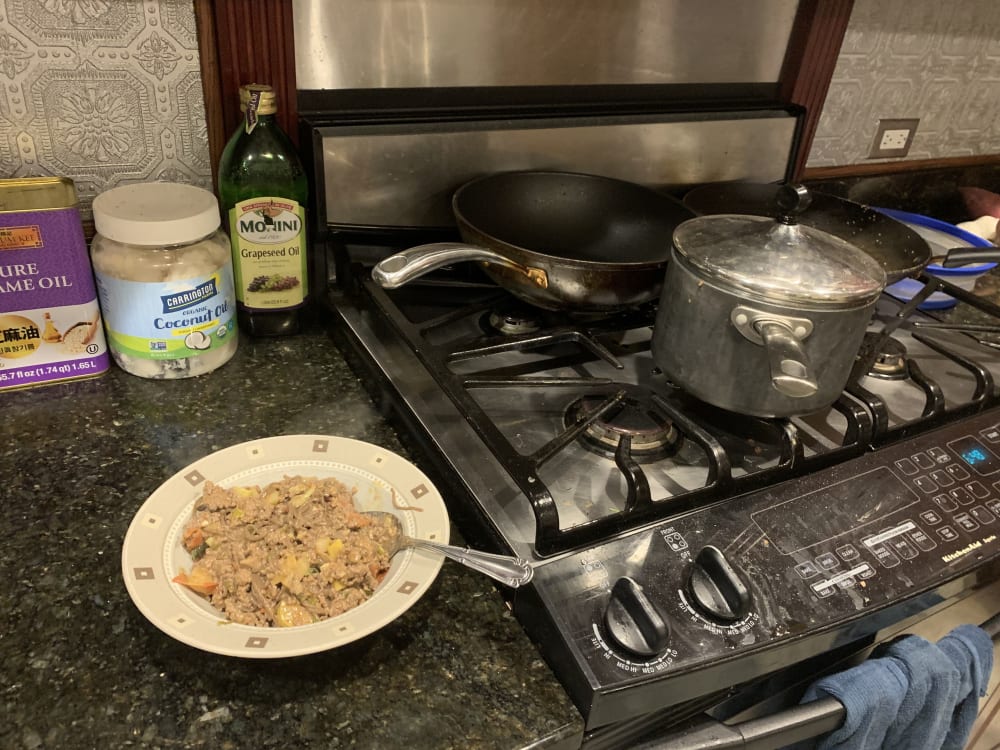
Philosophy
If you can play with all the various parameters, tweaking here, changing there, seeing what works and what doesn’t for you, shopping for whatever floats your fancy and then incorporating what you have on hand without stress or foreplanning, what you’ll end up with isn’t one meal but rather a whole system of cooking. Your overall price per meal per person will be in the $1 - $2 range. Your average time to go from idea to finished, cleaned up meal will be under 30 minutes. The range of flavors you’ll encounter on these journeys will surprise you and keep you from getting bored. And hey that’s just one practice! There are dozens of these! (or ok, like maybe 4. cooking’s a little like story telling.)
Next time we’ll do baking. Spoiler - you won’t need a tablespoon.
